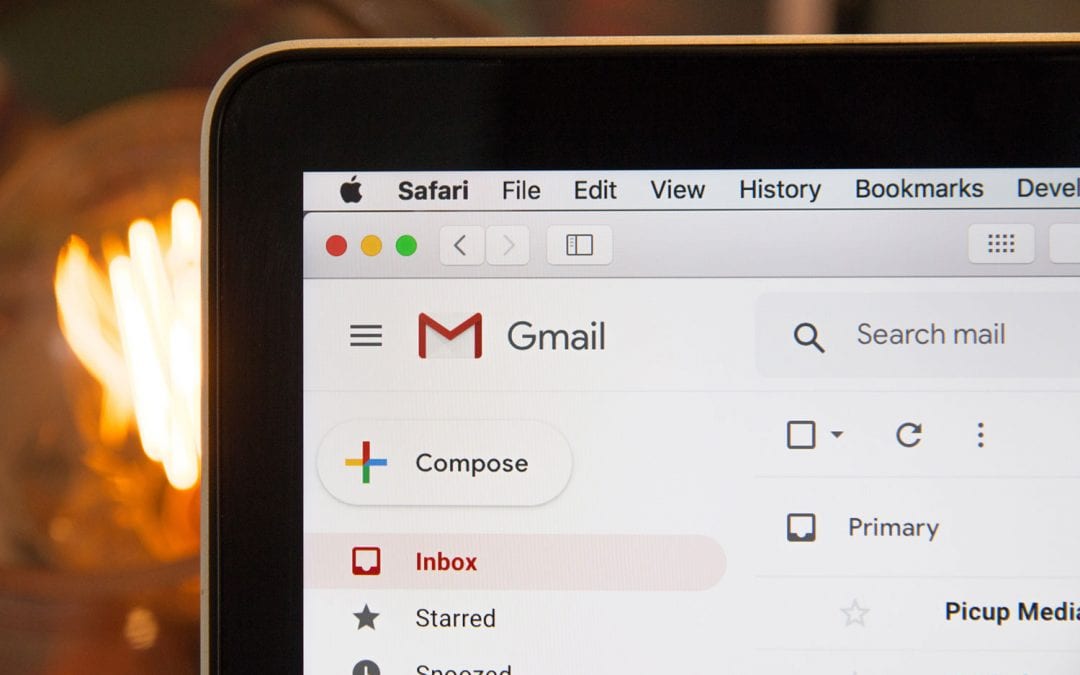If you are looking to expand your business or you are just starting out, a great way to reach out to potential clients is to send out an email introduction. An email introduction lets your target audience know a little more about you and the products or services you offer.
We have all heard the expression “you only get one chance to make a first impression.” The same is true when it comes to email introductions. Therefore, there are some things to consider when sending out that all-important first email.
If you consider your inbox what does it look like? Full?
Most people have an average of 25 emails that come through in a day, and for business people, this can be much more. Many of those emails are considered “junk” by the recipients.
How do you get your email noticed?

The key is to “hook” the reader and make them really want to open the email rather than just think of it as another spammy message. This is done with the subject line of the message. Using something that will catch a person’s eye like “Yesterday you did _____, why?” “How can I make your life easier?”, “I know you are an expert in…”, I don’t know how you feel about…”, “I noticed your post the other day…”, can spark a potential reader to open the message, much more than “I would like to introduce myself”, which for most, would land the email in the trash. Why? It’s boring.
Once the email has been opened, you now need to keep the reader’s attention. Often what works is something completely out of the ordinary, and even a little psychology comes into play here.
There are a few “formulas” that have been proven to work. Starting out the email with Dear Mr. Jones sounds too proper and leans towards being salesy right away. You will want to start out with a friendly greeting, like Hi, (person’s first name).
Next, layout your email using something like the following can work:
- BAB (Before, After, Bridge) – Here is your problem, imagine if you could solve the problem, here’s how you can do that (we are going to solve the problem with our product or service)
- PAS (Problem, Agitate, Solve) – Again, here is your problem, agitate the problem (IE rub a little salt in the wound) and then solve the problem – again with our products or service.
- AIA – (Attention, Interest, Action) – if you are wanting to achieve the call to action you will grab the reader’s attention, make the e-mail personal to keep their attention, and then initiate the call to action.
Letting your target audience know that you are an “expert” in your field, or offering social proof can help them understand why they would want to entertain using your products or services; and keeping the email short and to the point will ensure you don’t lose the attention of your reader.
If your reader has opened the email and read the email, you have already done great, and you have nearly achieved your all-important goal.
What is that exactly?
Well, it depends on the purpose of your email. If you are wanting them to click through to your website, or purchase something, you will need to have a very clear call to action and getting your reader to perform the call to action will require them to feel that your invitation is irresistible.
For a service, you offer something like, “I have only a few spaces left…” or “If you sign up now, I am offering % off, but only until___”.
For a product you are selling, you may say “This link is a private unadvertised offer, exclusively for new customers”, this can evoke the feeling of the offer being specially for the reader and they will not want to miss out.
Hopefully, by now your reader has clicked through on your call to action, but either way, the key is to close your email the way you started. Casual, yet professional. Something like “Looking forward to hearing from you soon”, or “Reach out if you have any questions”, is a good way to sign off.
Email introductions and campaigns are a great way for you to land new clients and engage existing ones. Using a platform like Mail Chimp, for example, can also help you to monitor the results of your emails and see how you can tweak them in the future to ensure a good opening rate and conversion rate.

